We strengthen networking with other universities & non-university research institutions in order to utilize complementary expertise & to enhance cohesion in the European Research Area.
Contents
sprungmarken_marker_1161
We promote networking
- within the Helmholtz Association
- on national, European and international level
- with university and non-university research institutions
KIT is member of European Energy Research Alliance EERA
To organise work within the association and realise its strategy, EERA operates 18 joint research programmes. MTET researcher actively participate in the following Joint Programmes.
What is EERA JP Energy Storage about?
Myriam E. Gil Bardají (KIT), Coordinator of EERA JP-ES Energy Storage, gives you a brief overview of what our Joint Programme is all about.
If you're interested in learning more about energy storage and its role in shaping the future energy system in Europe, check out also our website: EERA Joint Programme Energy Storage - About Us (eera-energystorage.eu)
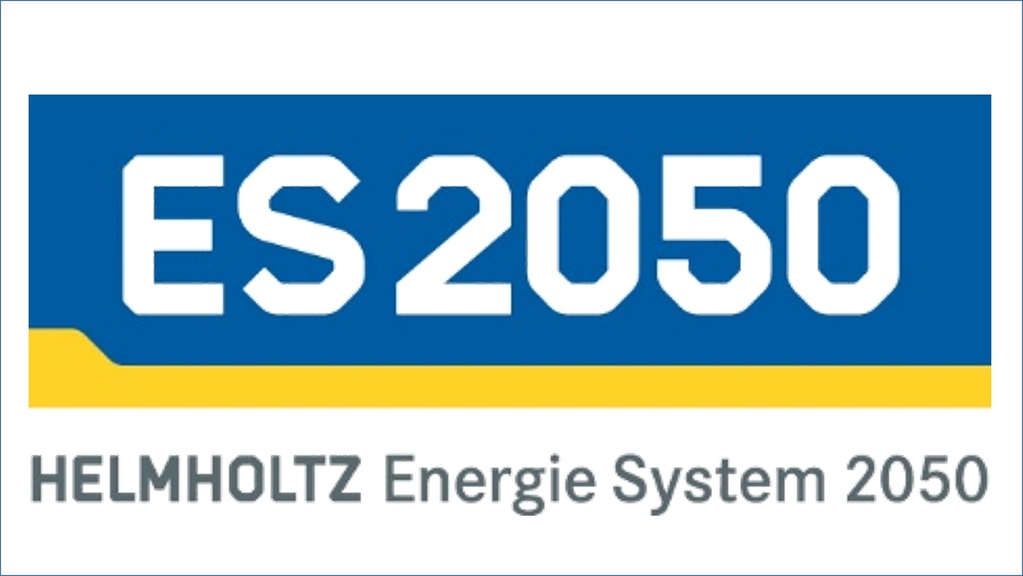
Energy System 2050 (ES2050) is the central platform of the Research Field Energy of the Helmholtz Association. It supports the networking of researchers on cross-program energy issues. For further information please contact the responsible managers and take a look at Helmholtz website.
more
HETR is being jointly developed by scientists from the ESD, MTET & FUSION programs. It outlines how a successful energy transition in Germany can be managed in an international context in a way that is open to technology & guided by science. To achieve this, technical, economic & social aspects as well as the latest research findings are brought together.
more info @HETR Office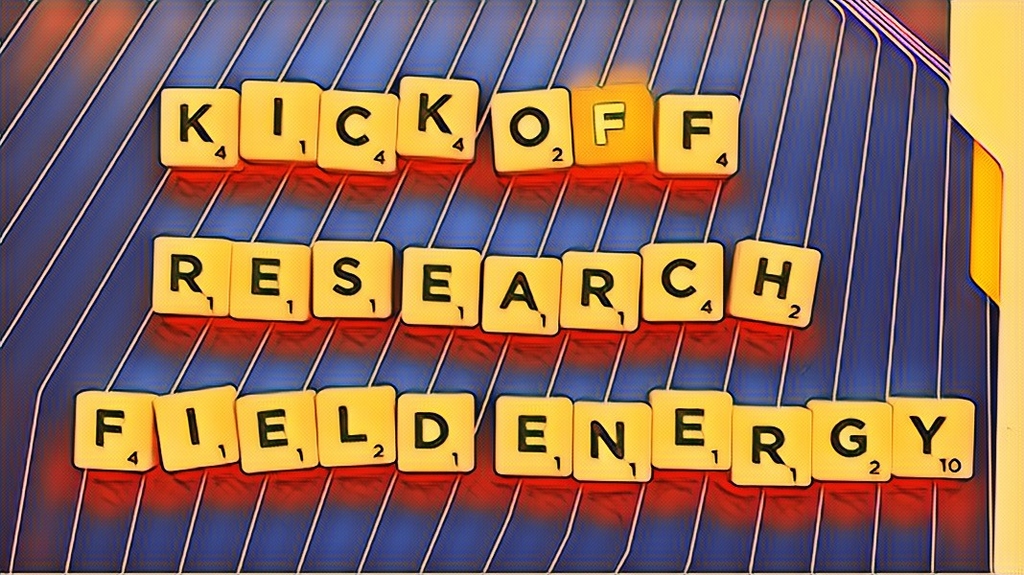
All contributors in the Research Field Energy are invited to the Helmholtz-internal kickoff event... join us for the cross-program thematic workshops!
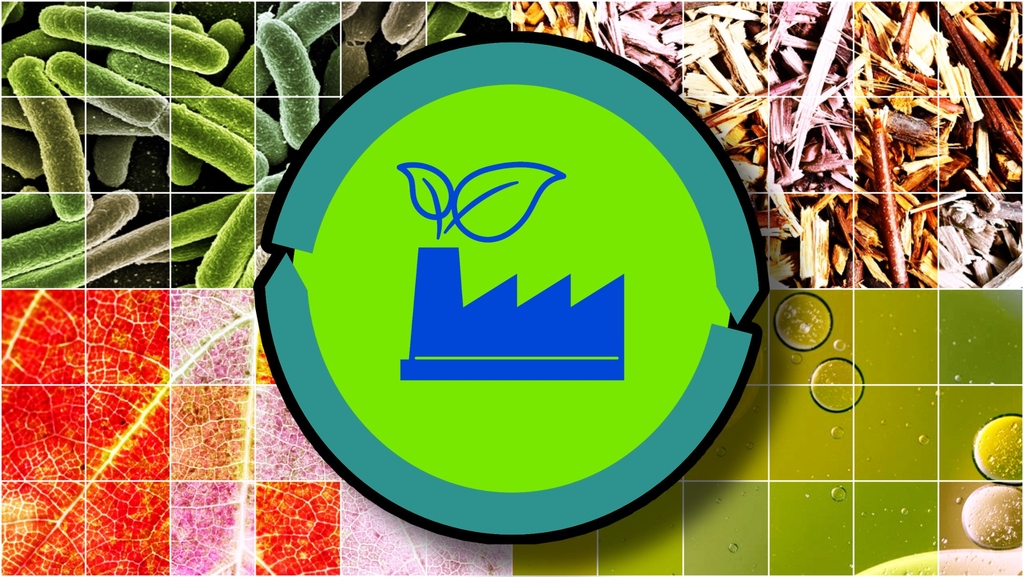
Bioeconomy activities are localized at the Helmholtz centers (FZJ, KIT & UFZ) in different research fields (Energy & Earth and Environment) and programs (Changing Earth, MTET, ESD). The CCA enables better networking among the scientists. Key topics of the joint work are: 1.) Sustainable production of plant raw materials and their modification in coupling with subsequent utilization steps; 2.) Processes, process chains and products using hybrid approaches; 3) The circular economy approach integrates the production & utilization of renewable carbons for the different utilization & conversion pathways; 4.) Development of spatially explicit renewable energy and biomass scenarios and assessments.
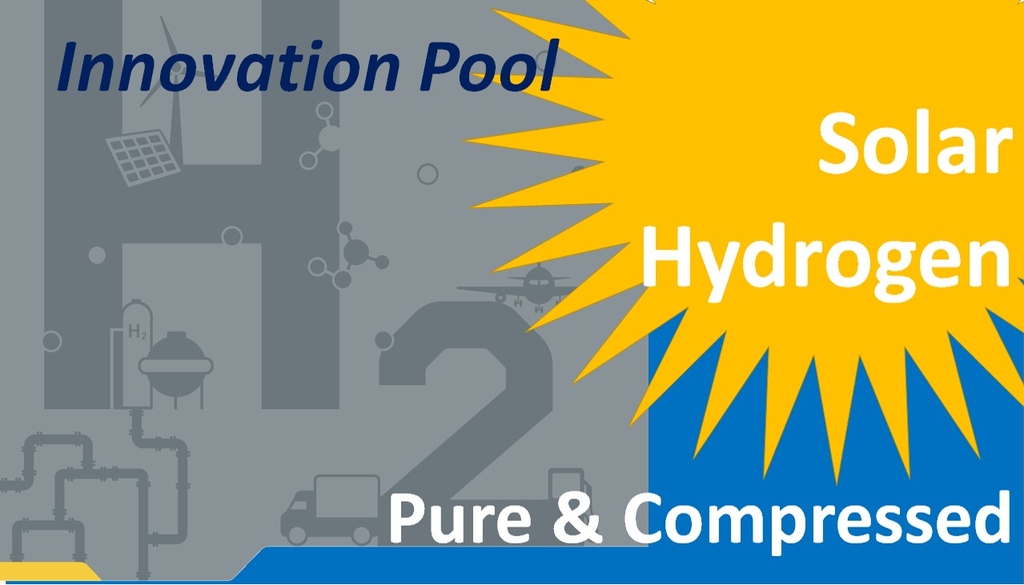
Scientists from the Helmholtz centers DLR, FZJ, HZB, HZDR, KIT & the associated IPP are working together on different aspects for the successful supply & use of hydrogen by means of solar-based heat & electricity. Topics such as, production, use, purity & pressure requirements in the application spectrum from low temperature fuel cells to synthesis of liquid fuels & LOHCs as well as safety aspects are investigated. Methodological aspects such as modeling of functional layers and flows during electrolysis as well as plasma-assisted H2 generation are further key areas of interest.
more@KIT project website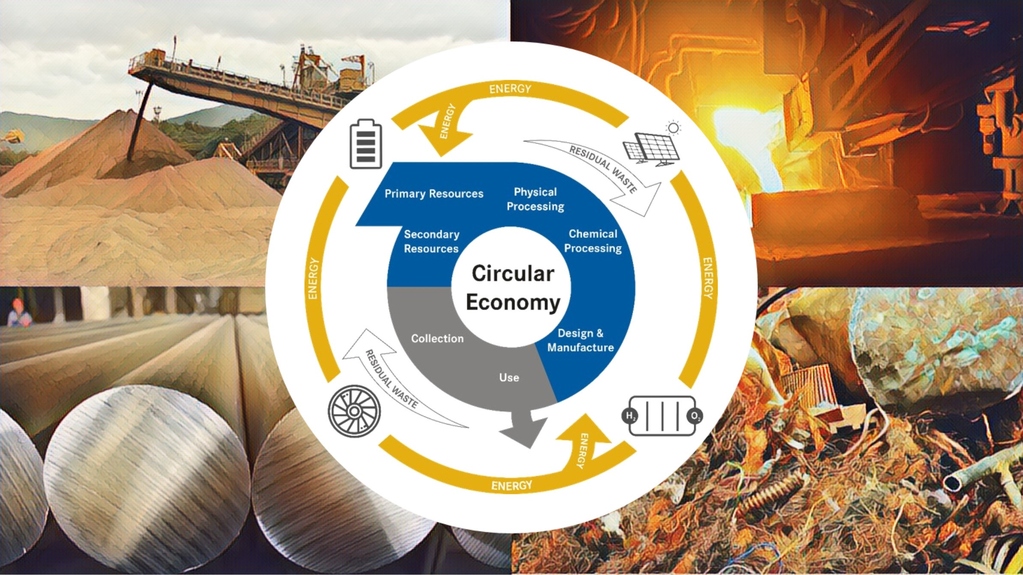
Scientists from the ESD & MTET programs of the Helmholtz centers DLR, FZJ, HZDR, HIF, KIT are teaming up to address the challenges for industrial production arising from energy transition & circular economy. The focus is on the cycles of metallic & mineral bulk raw materials. Methods & models for the design & operation of energy-intensive recycling processes as well as their associated network & material value chain integration are to be developed. The goal is a comprehensive closure of material & energy cycles together with a grid-serving, economical operation of industrial production based on renewable electricity. This project follows the recommendations of the strategic evaluation review panel to more closely integrate energy system design activities (in ESD) & circular economy activities (in MTET).
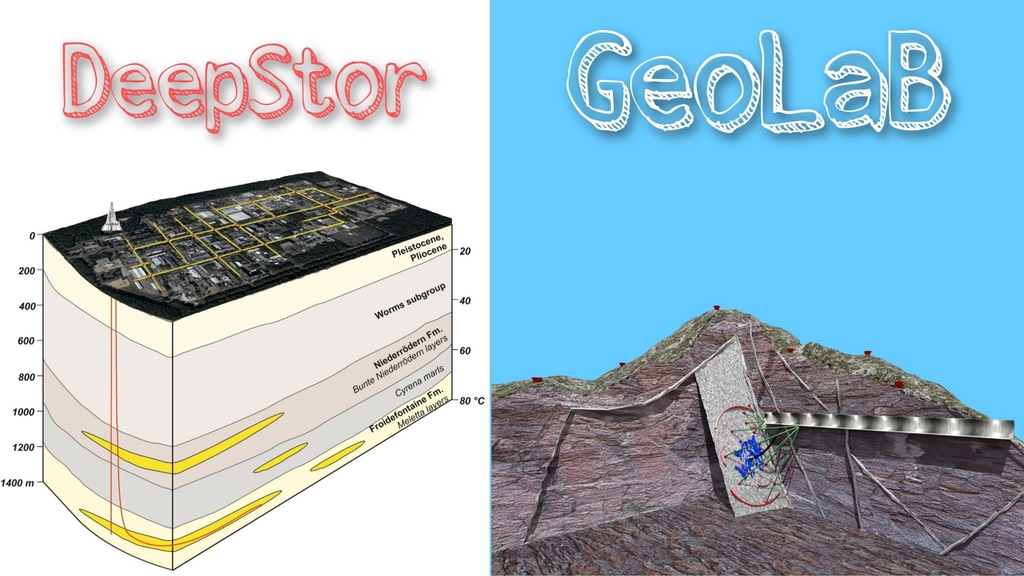
The cross-sectional activities of KIT, GFZ and UFZ on geoenergy connect scientists across Helmholtz research field boundaries (Energy with Earth and Environment). Central platforms of cooperation are joint research infrastructures. One prioritized infrastructure still in the concept stage is the GeoLaB. Work on DeepStor facility at KIT is about to start. Collaboration focuses on drilling, geochemistry, monitoring, heat grids & public acceptance. Furthermore, there are joint projects on urban heat management, e.g. in Berlin, Potsdam and Leipzig (GeoFern, geoPuR, ...) in cooperation / synergy with DeepStor.
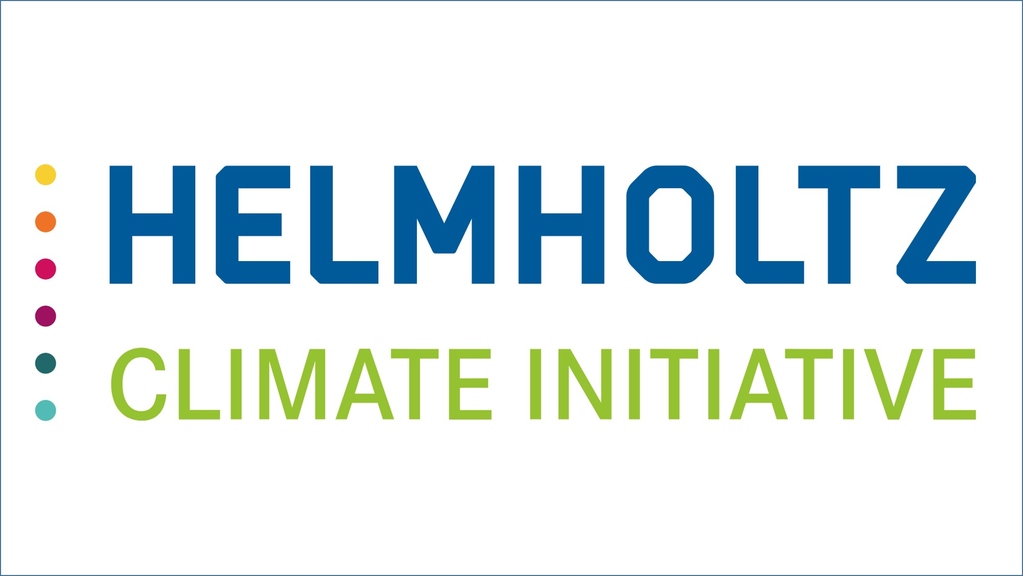
The Initiative focuses on the two main clusters Net-Zero-2050 (mitigation) and Adapting to Extreme Events (adaptation). As part of 13 research projects in total, Helmholtz scientists are working towards advancing their climate research. They will actively cooperate even more closely to systemically research climate change.
more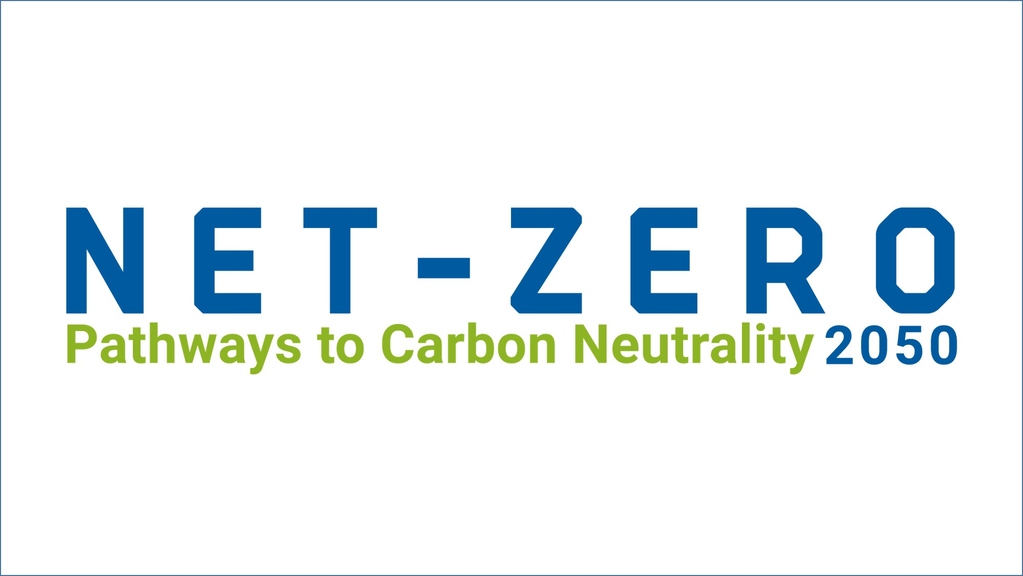
Important measures are rapid & far reaching reductions of all greenhouse gas emissions. In addition, CO2 must be extracted from the atmosphere. In Net-Zero-2050, strategies & new approaches are scientifically examined & evaluated in four projects with regard to the German framework.
more@ NET-ZERO website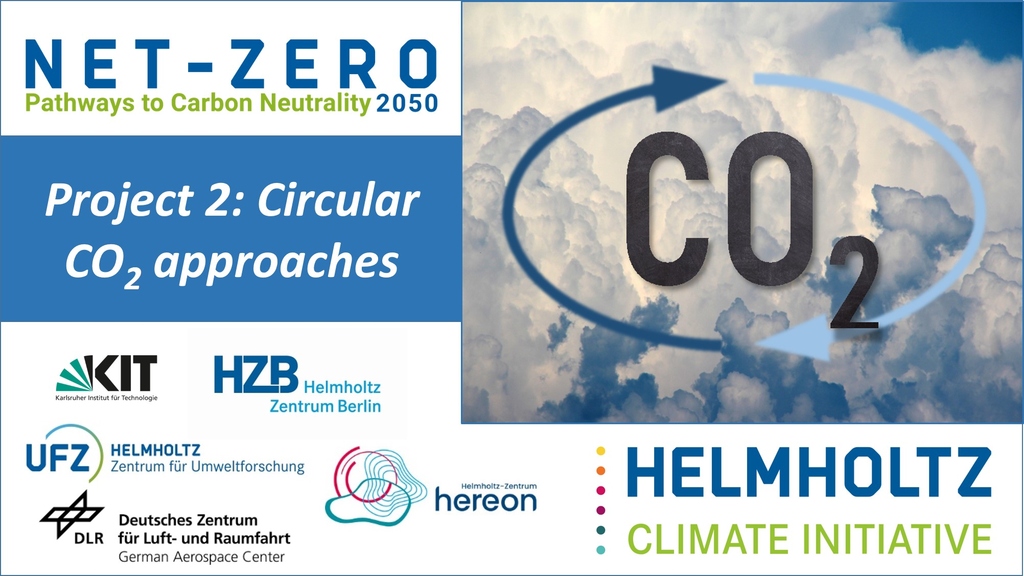
Scientists from 5 Helmholtz centers are involved in the project examining the potential of two complementary approaches to extract CO2 from the atmosphere and convert it into energy carriers through renewable energies. Helmholtz website
more@ NET-ZERO website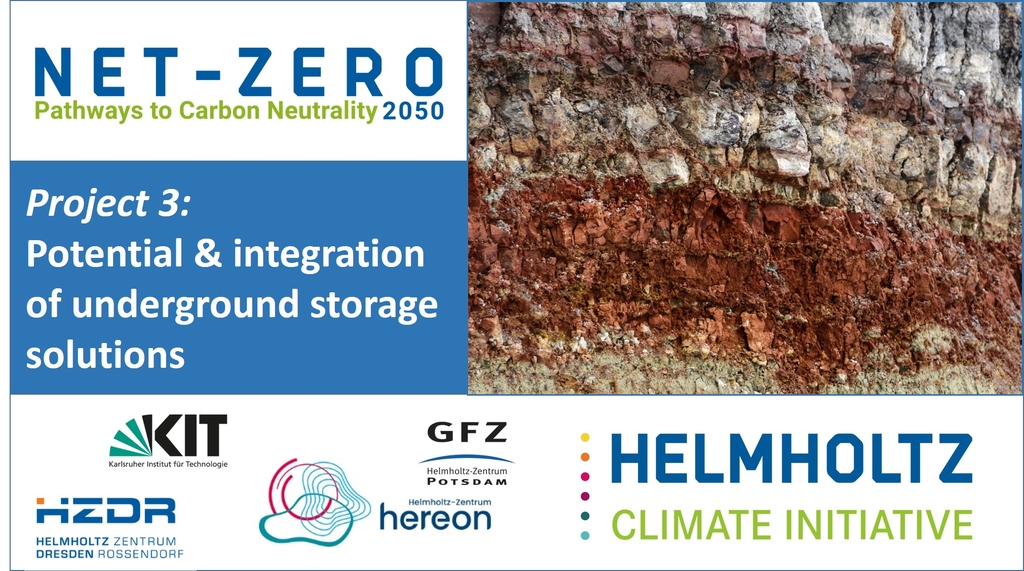
Scientists of four Helmholtz Centers investigate two different storage options with different effects on reducing CO2 emissions: (i) storage & provision of heating/cooling in urban areas and (ii) storage and reuse of CO2 and H2. Helmholtz website
more@ NET-ZERO website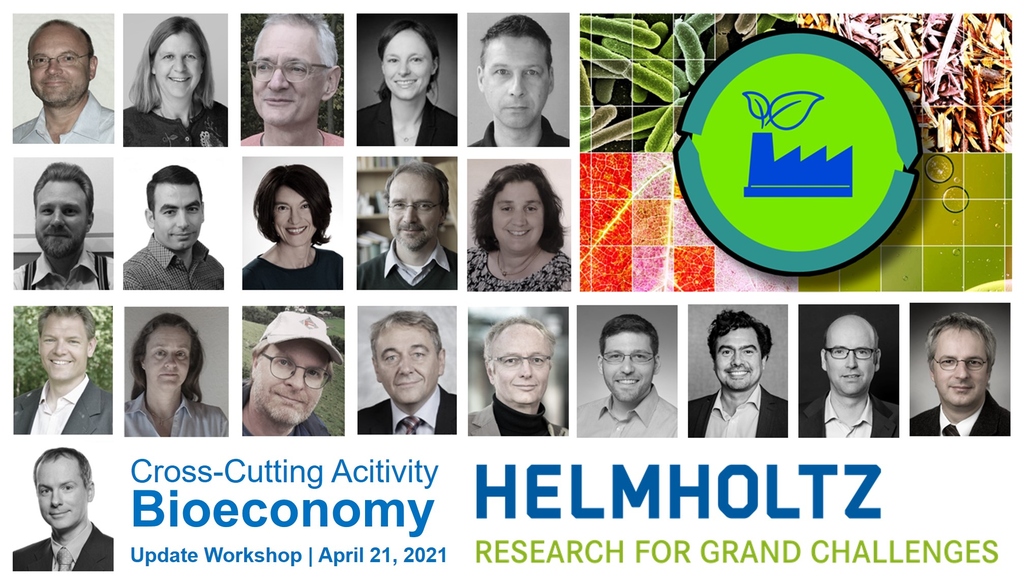
Scientists from UFZ Leipzig, FZ Jülich & KIT have presented research results on the bioeconomy to join forces in a network of future activities.
SOMA @UFZ Leipzig